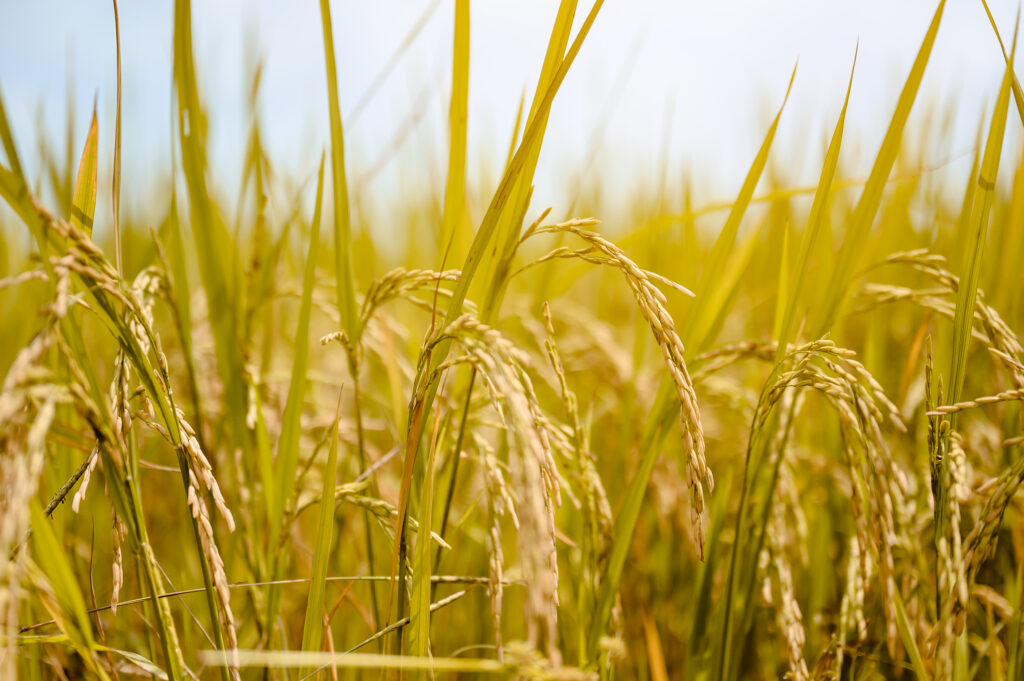Summary of Elucidating the mechanism of soybean-derived protein hydrolysate in stabilizing rice yield and enhancing agronomic efficiency
Soybean Biostimulant Mechanism for Rice: Enhancing Growth and Stress Tolerance
Introduction to Soybean Biostimulants in Rice
Protein hydrolysates (PHs) derived from soybean are recognized as effective biostimulants that promote crop growth, increase yield, and improve tolerance to abiotic stresses. Among them, “Lifenggu” has shown promising results in rice production. However, its practical applications and research remain relatively limited. Understanding how soybean biostimulants function in rice is essential for optimizing both growth and stress resilience.
Field Trials Highlighting Biostimulant Effects
Multilocation field trials evaluated the efficacy of “Lifenggu” on rice under different environmental conditions. Results showed that rice yield increased by 8.9%-14%, with an average gain of 10%. Moreover, physiological analyses indicated that the biostimulant promotes biomass accumulation by increasing SPAD values and enhancing nitrogen metabolic enzyme activity. These findings provide clear evidence of the beneficial effects of soybean-derived biostimulants on rice growth.
Laboratory Studies on Stress Protection
Laboratory experiments revealed that “Lifenggu” also helps rice tolerate high-temperature and herbicide stress. Specifically, treated plants exhibited higher antioxidant enzyme activity and increased proline content, while malondialdehyde (MDA) and hydrogen peroxide (H2O2) levels were reduced. Therefore, using this biostimulant can mitigate stress-related yield losses effectively.
Molecular Insights into Biostimulant Function
Transcriptomic analyses showed that “Lifenggu” regulates genes related to phytohormone biosynthesis, stress response pathways, and secondary metabolism. This molecular regulation explains how soybean biostimulants simultaneously enhance growth and improve stress tolerance.
Practical Applications for Rice Cultivation
In conclusion, these results offer both theoretical insights and practical guidance for rice cultivation. By applying soybean-derived biostimulants appropriately, farmers can optimize yield, improve resilience to environmental stress, and enhance overall rice production efficiency.
Publication: Frontiers in Plant Science









